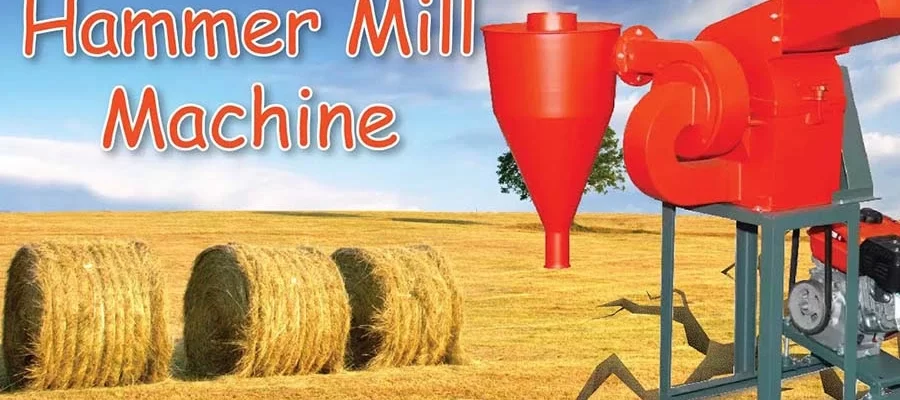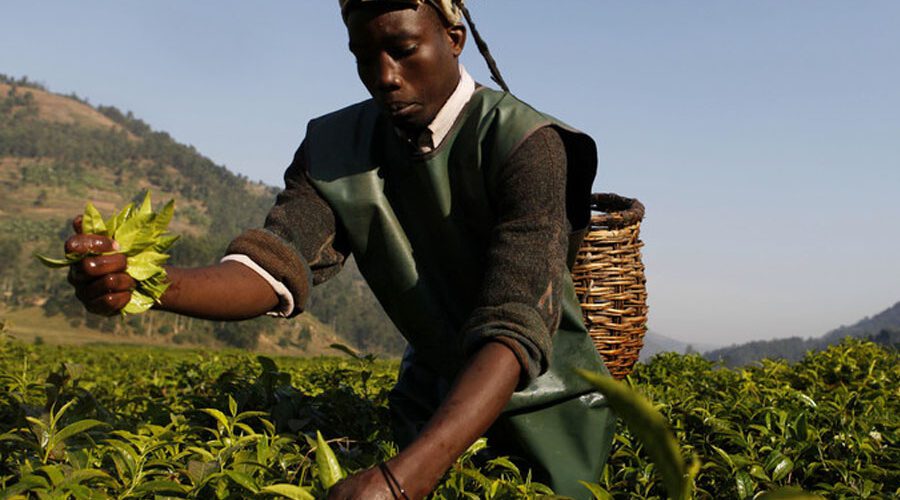
- November 15, 2024
- By: Massey Ferguson Zambia
- in: Agricultural Machinery, Farm Equipment

The term “agricultural mechanization” refers to the practice of using any and all types of tools, farm implements, and agricultural machinery, from the most basic hand tools to the most complex and motorized technology. In contrast to other continents, Africa’s agricultural methods have not yet been fully mechanized. Multiple reasons have been identified as stumbling blocks to the promotion of mechanization among Zambia’s smallholder farmers by the government and the commercial sector. A number of factors limit the government’s and the private sector’s ability to import agricultural machinery. These include market failures that restrict access to agricultural machinery and spare parts supplies; a lack of institutions, particularly those needed to guarantee sufficient technicians and skilled personnel to operate and repair agricultural machinery; and governance challenges such as political interest, elite capture, incompetence, and corruption.
Mechanization in farming has become more popular as a result of many factors. Several factors, including the development of more efficient farming techniques and the widespread adoption of irrigation, as well as the availability of institutional credit, larger plots of land, growing populations, a more relaxed attitude toward risk, and improved access to educational resources and agricultural extension programs, have boosted the demand for agricultural machinery. Although each one of these factors may act as a stimulant for the need for such equipment on their own, they more often emerge together and act as a catalyst for the widespread adoption of mechanization.
The employment of agricultural machinery in farming has an impact on two distinct groups. Agricultural outputs in terms of yields, productivity levels, profitability, and intensification of crops and farms; agricultural labor needs and activities in terms of employment and the kind of tasks done.
Mechanization has several good effects, one of which is an increase in output and productivity. It is possible to enhance output per unit of land by using fewer laborers to do the same tasks, thanks to the availability of technology, and by introducing more power inputs into agricultural operations. Most significantly influencing production was the level of mechanization in tillage, threshing, and transport. Rising returns-to-scale (RTS) in agriculture as a result of automation are related to increased output and productivity.
Farm mechanization that is appropriate to smallholder farming is necessary due to the evolving agricultural machinery and the difficulties encountered by smallholder farmers. Small-scale farming dominates Zambia due to the country’s abundant natural resources, youthful and expanding labor force, increasing middle class, and rapid urbanization. However, smallholder farmers still confront several difficulties, including a lack of resources and restricted access to financing, insurance, education, technology, and infrastructure. Many smallholders may not be able to afford the conventional four-wheeled tractors due to the large initial investment, inapplicability to tiny, fragmented holdings, and/or steep terrain. Evaluation of the diffusion of small-scale agricultural mechanization technologies for ploughing, weeding, irrigation, and threshing, together with their necessary accessories, is required to supplement the largely imported farm implements.
The lack of available funds is a major obstacle to mechanization in Zambia. In most of the nation, farmers must rely on personal resources to finance the purchase of necessary agricultural machinery such as farm implements and tractors. Smallholder farmers often lack the collateral necessary to get bank loans, making the high initial cost of agricultural machinery and modern technology out of reach. Because of this, they are hesitant to purchase equipment. While collective ownership may be the answer, it is not without its challenges, including the need for patient members to save up enough money, effective cooperative administration, and operator training for any apparatus. Basic civil infrastructure, such as the availability of power and access to paved and graveled roads, also plays a key role in the adoption and ownership of agricultural machinery, in addition to community ownership and access to the institutional infrastructure of loan services. Households may be encouraged to embrace and utilize this new technology if credit services and civic infrastructure are made available.
Several strategies were presented to encourage the widespread use of agricultural machinery in arming. Among these were reevaluating policies that currently favor the agricultural sector and providing more funding to farmers’ organizations so that they can buy agricultural machinery, increase learning, raise producer prices to account for the high cost of production, improve the education and training of extension officers to better equip them to train farmers, and so on.
Associations of farmers were crucial in the dissemination of innovative farming techniques, agricultural machinery, and knowledge sharing. Farmers’ associations are formed to promote the economic, political, and social interests of their members so that farmers’ views are heard.
Massey Ferguson Zambia is a possible resource for Zambian farmers in need of modern agricultural machinery. They now stock popular names like the Massey Ferguson Tractors in addition to more niche options. The agricultural industry in Zambia can now make better use of its tractor equipment, leading to more output.

Post a Comment